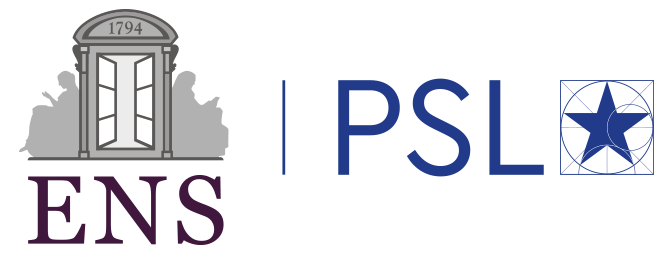Domaines
Quantum Machines
Quantum information theory and quantum technologies
Quantum optics
Type of internship
Expérimental Description
Nuclear spins in solids are attractive qubit candidates due to their long coherence times; however, controlling and reading out individual nuclear spins is highly challenging. In our laboratory, we interface individual nuclei via an electron spin ancilla [1]. The electron spin is then measured by microwave photon counting [2,3]. Nuclear-spin single-shot readout is performed via the electron spin [4].
We recently demonstrated single- and two-qubit gates using two 183W atoms coupled to a single Er3+ ion in CaWO4, with coherence times above one second.
As part of the ERC starting grant project nQUICHE led by James O’Sullivan, we now want to generate two-qubit gates between 183W atoms coupled to different Er3+ ions. We will explore interactions between two Er3+ ions via a superconducting resonator. This also requires local frequency control of each ion, which we will do by applying electric fields via gates patterned on top of the crystal. This internship consists of designing, fabricating, and measuring such a device.
Experimental techniques include cleanroom work, low-temperature microwave measurements in dilution refrigerators, superconducting circuits and single-spin magnetic resonance spectroscopy. The student will team up with a PhD and postdoc.
[1] J. O’Sullivan et al., Nature Physics (2025)
[2] E. Albertinale et al., Nature 600, 434 (2021)
[3] Z. Wang et al., Nature 619, 276 (2023)
[4] J. Travesedo et al., Science Advances (2025)
Contact
Patrice Bertet
